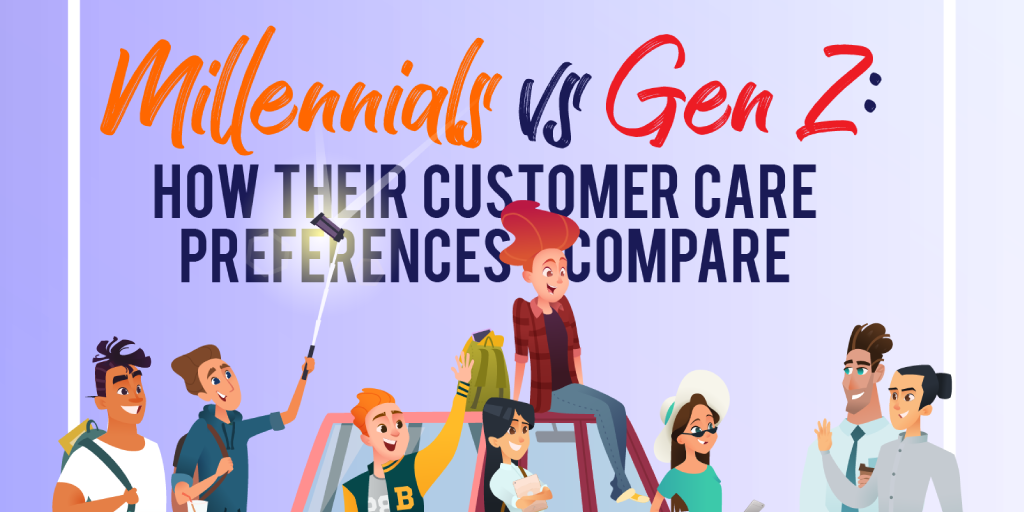
Service participants
Customer — also known as visitor, guest, client or patient.
Service agent — an employee who services the customer.
Business — the place where customer service occurs.
Repeat customer — the results of good customer service: a customer who comes back to you.
Characteristics of customer service
Flexibility — always strive to meet your customers at least half-way.
Attentiveness — attention to details shows that you care about your customer’s needs.
Extra mile — paradoxically as it may sound, customers always expect you to do something unexpected for them.
Personalization — every customer wants the service to be customer-tailored to them.
Patience — customers are only human, so flex your patience muscles.
Communication — communication is more than just talking; it’s also listening.
Self-service — nowadays, customers prefer to have control over how they are serviced.
Timeliness — honoring your deadlines and responding fast is what separates us from animals.
Responsiveness — speaking of responding, be sure to always answer.
Understanding — put yourself in your customer’s shoes and look at things from their perspective.
Respect — treat your customer as an individual.
Positive language — know how to persuade, encourage or calm down, depending on the situation.
Customer service metrics
NPS — Net Promoter Score: a satisfaction metric, scored 1 to 10. Detractors are customers with the score below 7; promoters are customers who scored you 9 or higher.
CSAT — Customer Satisfaction: a graded satisfaction metric where customers answer the question of “How would you rate your overall satisfaction with the service?”
CES — Customer Effort Score: measures how much effort a customer needs to get their issue resolved, on a scale of 1 (a lot) to 7 (little).
Wait time — the amount of time a customer spends waiting to get serviced.
Service time — the amount of time needed to resolve a customer’s issue (i.e. provide service).
Benefits of customer service
Loyalty — customers spend more time at your business and try out different options.
Retention — customers come and go, but excellent customer service might persuade them to stay.
Profitability — good service providers get higher sales and more repeat purchases.
Satisfaction — customers know who to go to if they want their issues to be resolved.
Motivation — good service boosts the morale of your employees, too.
Word-of-mouth — customers are more likely to spread the word about your business.
Brand image — the reputation of your business will soar as a result of good customer service.
Elements of customer interaction
Ask — start a conversation.
Listen — understand the problem.
Empathize — show that you care and are willing to help.
Resolve — put the frown upside down.


![Nurturing Workplace Happiness in Customer Service [Part 2]](/resources/img/blog/nurturing-workplace-happiness.png)
![Building Workplace Happiness in Customer Service [Part 1]](/resources/img/blog/building-wokplace-happiness.png)


